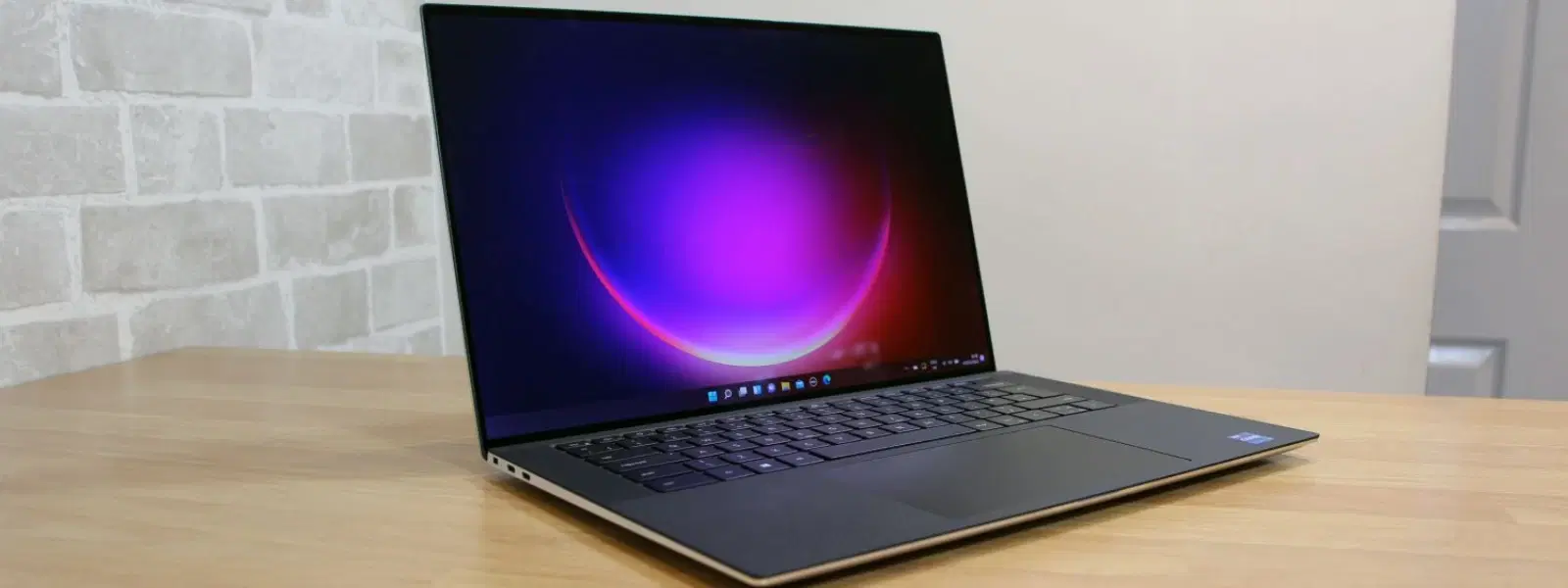
Consumer Electronics
•03 min read
Ever found yourself lost in the maze of folders on your Mac? Navigating the Users folder can feel like solving a puzzle if you're not familiar with its structure and purpose. This guide serves as a comprehensive checklist designed to help you easily locate, access, and optimise your Users folder on Mac like a pro.
The Users folder on Mac is the directory where macOS stores individual user accounts and their associated files. It plays a central role in organising your personal documents, preferences, and various system data. Within this folder, you will find familiar subfolders such as Desktop, Documents, Downloads, Pictures, Music, and more. For advanced users, the hidden Library folder is key for managing specific settings and troubleshooting issues.
Accessing the Users folder is simple. One of the easiest methods is to navigate via Finder. Open Finder on your Mac and use the shortcut Command + Shift + H to open the Home folder directly. This is a quick way to open home folder mac, which is part of the overall Users folder.
You can also locate the Users folder path by using the Finder sidebar. By clicking on the folder and choosing the "Get Info" option, you can clearly see the file structure. For even quicker access, consider adding the Users folder to your Favorites in Finder. This will ensure you can access users folder on mac with just one click.
If you are comfortable with using Terminal, you can also navigate directly by entering the command cd /Users/[username]. Terminal offers a powerful way to find user directory mac and deal with more advanced navigation and troubleshooting tasks.
Keeping your Users folder organised not only saves time but also makes your overall Mac experience smoother. First, consider decluttering your files by categorising them into clearly labelled subfolders. Tools like macOS Smart Folders can assist in organising your documents, ensuring you locate user files mac without hassle.
Another useful tip is to view hidden files. These files, often starting with a dot such as .bash_profile, can be made visible by pressing Command + Shift + Period. Being able to view these files can help advanced users gain more control over their environment.
You might also want to customise your Home folder for a more personalised experience. Changing its appearance or even renaming it must be done with caution, as incorrect modifications may have unintended consequences. This section also helps you navigate to users folder mac and appreciate the importance of each subdirectory.
Pro Tip: Add the Users Folder to Your Favorites
Did you know you can make accessing the Users folder even faster? Simply drag and drop it into your Finder Favorites sidebar for one-click navigation. This is especially helpful for frequent users and those who need to quickly view user folders mac or address specific tasks.
Sometimes, you might not see the Users folder right away. If you access users folder on mac and find it missing, check your Finder preferences or your System Preferences under Sharing settings. These adjustments can restore visibility and ensure you always find user directory mac. For the latest updates on command shortcuts, consider referring to Apple’s official support documentation.
Occasionally, you could encounter access issues where certain files or subfolders show an 'access denied' message. In these situations, you can use the Get Info panel to modify file permissions or resort to Terminal commands like chmod to adjust these settings. This is a key step to resolve problems associated with mac user folder location issues.
For those looking to explore further, navigating to the hidden Library folder remains a vital skill. Simply use the Command + Shift + Period shortcut, and you'll be able to view user folders mac, including the necessary directories for troubleshooting application issues.
Use the shortcut Command + Shift + H to open the Home folder directly, which is part of the Users folder. You can also navigate manually via Finder by selecting the Home option under the Go menu.
The Home folder is a subfolder within the Users folder and contains files specific to your user account, while the Users folder holds all user accounts on your Mac.
The Library folder is hidden by default. To view it, open Finder and press Command + Shift + Period.
Moving the Users folder or Home folder to another drive is possible but requires advanced configuration. This can be managed through System Preferences by adjusting the settings in the Users & Groups section.
You can resolve permissions issues by using the Get Info panel to modify file settings. Alternatively, Terminal commands such as chmod can be used to adjust file permissions.
With guidance like this, you can master how to open users folder in mac and comfortably manage files on your device. Navigating through these directories not only enhances your digital workflow but also frees up time to enjoy other aspects of your day. By understanding the inner workings of your Mac's directories, you are better equipped to tackle any challenge that comes your way.
At Tata Neu, we believe in simplifying your experiences, whether it's navigating your Mac or shopping for top-tier tech products. Remember, with Tata Neu, you can earn up to 5% NeuCoins per purchase and enjoy express delivery for orders placed before the cutoff time. Explore Tata Neu today for a seamless, customer-first experience that complements your digital lifestyle.